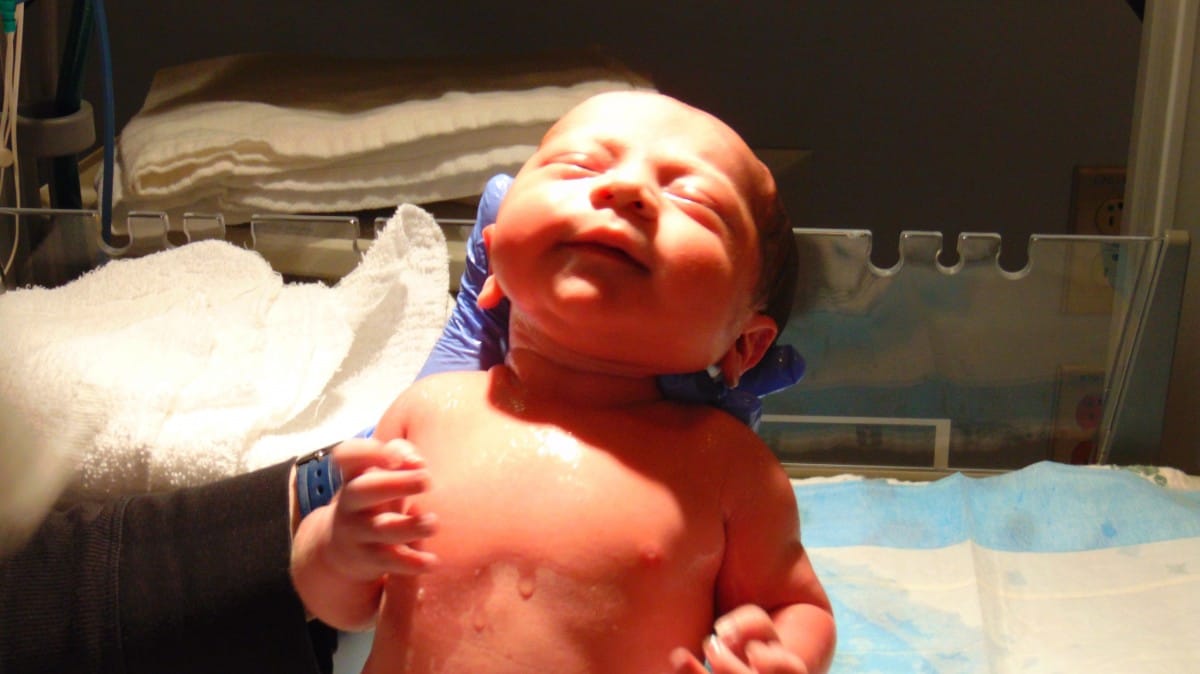Addressing Cyprus’ Fertility Challenge
The demographic landscape of Cyprus is showing signs of an impending challenge, as the House ad hoc demographics committee was informed about the country’s fertility rates. The current average of 1.4 children per woman is significantly below the replacement level of 2.1, necessary to maintain the population.
Papayiannis also shared insights into the educational system, noting a substantial presence of students from third-country or EU nationals in Cypriot schools. The data reveals that in public lyceums, 84 percent are Cypriot nationals, while in gymnasiums, this figure stands at 81 percent. A notable increase in foreign students is observed in primary and pre-school institutions, where up to 25 percent of children have two foreign parents.
The recent migratory trend to Cyprus has been underscored by Papayiannis, citing nearly 1,000 new arrivals from Lebanon, predominantly Syrians, as an example of the changing demographics.
Concerns were echoed by Disy MP
Alambritis further suggested a one-time financial incentive for families upon the birth of a third or subsequent child. He concluded with a call for the expansion of full-day schooling options to accommodate all primary and kindergarten requests, aiming to alleviate pressures on family life and encourage growth in family size.
The demographic trends in Cyprus present a complex picture that requires multifaceted solutions. As policymakers grapple with these issues, the focus remains on creating a sustainable environment that supports family growth and addresses the demographic shifts within the nation.






